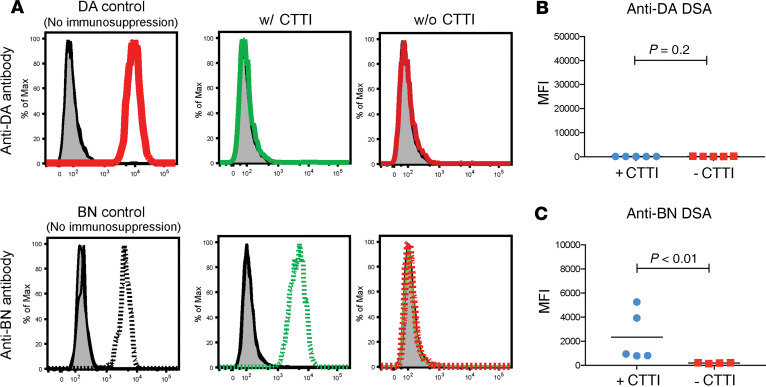Figure 5. Donor-specific humoral tolerance with CTTI.
(A) Representative histogram plots for posttransplant donor-specific alloantibody (anti-DA and anti-BN antibodies) measured by T cell flow crossmatch. LW recipients with or without CTTI did not generate any antibodies against DA antigen (A, second and third plots, respectively, in top row), whereas animals with CTTI were able to generate antibody against BN antigen (A, second panel, bottom row). Serum samples from LW recipients of DA heart transplantation without immunosuppression (A, first panel in top row) and from LW recipients of BN heart transplantation without immunosuppression (A, first panel in bottom row) were used as positive controls (DA control and BN control) for anti-DA or anti-BN antibody, respectively. (B) Level of anti-DA antibody after primary DA heart transplantation. Serum samples from animals with CTTI and without CTTI after DA heart transplantation (POD 180) did not develop antibody against DA cells. (C) Levels of anti-BN antibody after secondary BN heart transplantation. Animals with CTTI showed significantly elevated anti-BN Abs, whereas animals without CTTI showed no antibodies against BN cells. A total 4 to 5 animals per group were analyzed; Student’s t test. CTTI, cultured thymus tissue implantation; DA, Dark Agouti; BN, Brown Norway; LW, Lewis.

